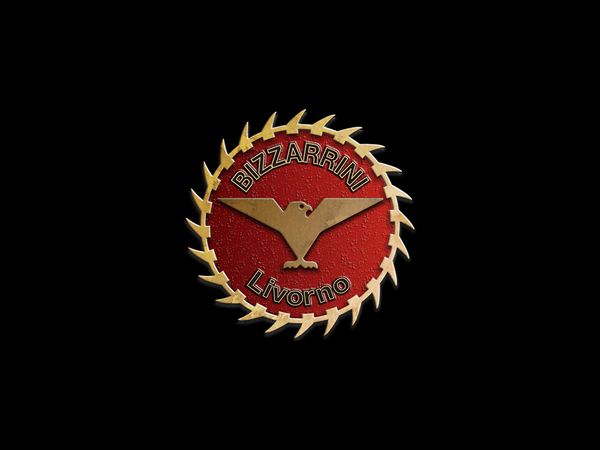bringing Porsche race-winning technology alive on the city streets
Tuesday morning, the two most advanced Porsche cars built so far, the Le Mans-winning 919 Hybrid LMP1 and the all-new Panamera made history; the world’s fastest petrol:electric Hybrid race car took to the London streets, alongside the new Panamera 4 E-Hybrid, to demonstrate how Porsche is translating its race-winning Hybrid technology from the track to the road.
Driven by Mark Webber, Porsche factory race driver and 2015 FIA World Endurance Champion, the 919 Hybrid brought the spectacle of Le Mans to London, driving through the city from Park Lane to the South Bank of the River Thames. Like a high technology Monopoly™ player, Mark navigated the capital’s streets via Hyde Park Corner, Piccadilly Circus, Trafalgar Square and Parliament Square to arrive at the distinctive London County Hall Hotel, adjacent to the famous London Eye.
Porsche has a proud tradition of proving innovative technology on the race circuit prior to developing it for its renowned sports cars. Underlining this track to road philosophy this morning was another world first; the new Panamera 4 E-Hybrid making its global debut alongside the 919 Hybrid. Like the race car, the Panamera 4 E-Hybrid is powered by a combustion engine and also an electric motor charged by lithium-ion batteries. Combined, this is the ultimate expression of a long-standing Porsche ethos; high performance with high efficiency.
For Porsche, the term ‘hybrid’ is synonymous with not only sustainable mobility, but performance, too – a fact proven not least by the 919 Hybrid achieving an unrivalled 18th overall triumph for the Stuttgart marque in the Le Mans 24 Hours endurance race in France in June. This commitment to a new type of Porsche ‘E-Performance’ is now also defining the Panamera 4 E-Hybrid.
Every possibility was explored in designing the 919, especially in terms of the powertrain. At its heart lies a two-litre, V4 turbocharged 500 hp petrol engine that drives the rear wheels, and is the most efficient combustion motor that Porsche has built up to now. This is supported by two innovative energy recovery systems charging a lithium-ion battery, powering a front axle electric motor developing over 400 hp.
Similarly, the new Porsche Panamera 4 E-Hybrid pairs a 462 hp V6 twin-turbocharged combustion engine with a 136 hp electric motor. Consequently, it offers a whole new level of performance compared to its predecessor, and asserts the reputation of the Panamera as the sports car among luxury saloons. The latest, second generation of the four door, four seat Gran Turismo is officially unveiled this week at the Paris Auto Show. It has advanced to set new standards in balancing sporting responsiveness with cruising comfort. And, in the spirit of the 919 Hybrid LMP1, the new Panamera 4 E-Hybrid increases further exhilaration and efficiency.
The 919 Hybrid features a battery power density of 8MJ – the maximum allowed by the regulations. Nevertheless, the amount of electrical energy that the race drivers can use for what is known as boosting is limited. For example, at Le Mans the Porsche 919 Hybrid may consume exactly 2.22 kilowatt hours (kWh) of electricity on each 13.629 km long lap (plus 4.31 litres of fuel per lap). The FIA WEC racing regulations encourage ingenuity and have pushed hybrid engineering development to new heights. For example, if the 919 Hybrid was a power plant, the re-generated electrical energy over the duration of the Le Mans 24 Hours race, that is derived from braking and an innovative exhaust gas turbine, could power a typical family house for three months.
The electric motor of the Panamera 4 E-Hybrid is supplied with power via a liquid-cooled 14.1 kWh lithium-ion battery. This is charged by energy recuperation but also, unlike its racing brother, by virtue of a plug-in cable that can charge up the battery in as little as 3.6 hours. Furthermore, this most advanced road car also has the flexibility to drive up to 31 miles in pure electric mode and can reach a maximum speed of 87 mph in this guise.
However, just like the 919 Hybrid, the electric motor of the Panamera 4 E-Hybrid is available to deliver additional power on top of the combustion engine. Combining the 136 hp e-motor and the 330 hp V6 twin-turbo engine in this style generates an impressive boost scenario under acceleration, with 0 - 62 mph possible in 4.6 seconds. The electrical energy is also used to increase the top speed of the Panamera to 172 mph.
At Porsche, this new type of ‘E-Performance’ – higher power, higher fun, higher efficiency – is seen as the performance kit of the future; yet it is on the road today.
Since its earliest days, Porsche has been innovating with hybrid drive. Company founder Prof. Ferdinand Porsche in fact developed the world’s first functional hybrid car, the Lohner-Porsche Semper Vivus, in 1900. In more recent years, the Panamera and Cayenne Hybrid models have introduced the technology to today’s Porsche drivers. Latterly, the ultimate road-going hybrid has appeared; the Porsche 918 Spyder supersports car, which is the fastest production car around the 14-mile Nürburgring-Nordschliefe circuit in Germany.
As is typical of Porsche, these developments in hybrid technology have been race proven - even the Lohner-Porsche was driven in competition - and the electric motor and battery technology tested to extremes on the circuit.
While undeniably an impressive sight driving through London, what was arguably more significant about today’s event was in fact what could not be seen. For these cars also give a glimpse to the future – to a full electric Porsche, and the ‘Mission E’ scheduled for launch by the end of the decade.
With the 919 Hybrid, Porsche developed new technology at racing speed – and for the Mission E, the designers adopted the same 800 Volt electric technology from the Le Mans winner. Already the company is well on the way with the construction of the factory in Stuttgart that will build the Mission E, and preparing a new generation of Porsche Centres around the world to support this new era of personal mobility – of which the new Porsche Centre West London on the A4 in Chiswick is the most recent.



























